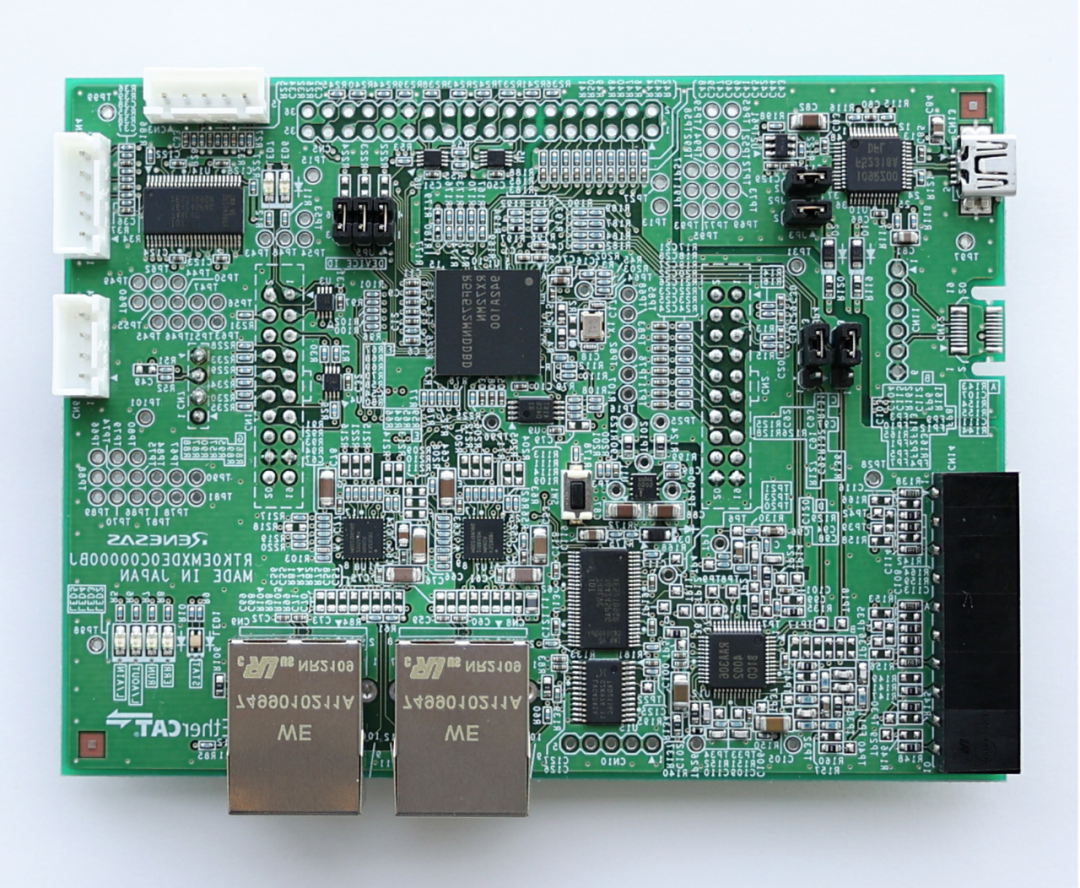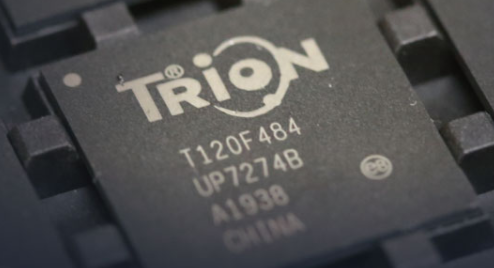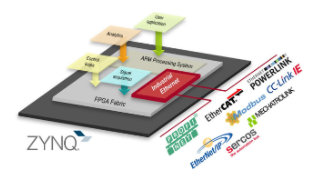Skip to content
According to a report from Electronic Enthusiasts (by Li Ningyuan), in the current motion control field, bus technology and drive technology complement each other. In traditional motion control systems, the control methods are relatively singular. Generally, pulse or analog signals are used as control signals, which are sent to the motor driver, and then the motor driver drives the motor to operate. In this mode, the host computer and motor driver are connected via a large number of analog IOs, resulting in a high number of connections and time-consuming wiring.
With the development of bus technology, motion control manufacturers have applied bus technology to motion controllers. The host computer transmits motion parameters to the motor driver via the bus, which then drives the motor to operate. In a bus-based motion control system, the host computer’s bus communication interface can connect multiple motor drivers that support bus communication in a linear topology, greatly reducing the number of required connections and the time needed for wiring.
Bus Configuration of Motion Control Chips
We know that in bus communication mode, the communication method is digital communication, which eliminates concerns about signal drift, unlike pulse signals and analog signals that can be distorted by electromagnetic interference. Therefore, in the high-end motion control field, many devices and chip carriers supporting various buses can be seen.
For the selection of motion control chips, the performance of the chip itself is no longer the only determining factor. The ease of function expansion, the strength of industrial communication capabilities, and the overall cost all influence manufacturers’ chip selection. From an industrial communication perspective, common bus technologies in current motion control chips include EtherCAT, RTEX, CC-Link, CANopen, etc. These bus technologies have relatively stable customer bases.
First and foremost is EtherCAT, which is currently the fastest developing and most widely used bus technology. For multi-axis applications, EtherCAT industrial bus is undoubtedly the most favored, as it employs a distributed clock for synchronous control and real-time data transmission, achieving significant optimization effects.
Panasonic’s RTEX boasts high-speed and low-cost advantages, making it a standout in bus technology. Its high response bandwidth significantly shortens system response times and improves equipment efficiency in high-speed and high-precision motion control scenarios. The well-established CANopen bus still maintains many use cases today due to its high communication performance and optimized electromagnetic compatibility. CC-Link, promoted by Mitsubishi Electric, also has a significant influence in the bus drive and control field.
Integrating motion control buses onto chips as part of device design has become a common practice, making it more attractive to downstream equipment manufacturers than merely enhancing chip performance.
Motion Control Chips with Enhanced Communication Capabilities
Single-chip solutions remain a common approach for domestic motion drives, such as Renesas’ RX72M combined with EtherCAT single-chip solutions, which are frequently used by domestic equipment manufacturers. The RX72M enhances core performance, but what is more appealing is that Renesas’ design considers bus communication functionality, eliminating the need for designers to add external slave control chips, integrating slave control directly into the MCU. This helps reduce the number of components and save space.
 Many MCUs incorporate bus functionalities, while the intrinsic programmable advantages of FPGAs make them an excellent choice for supporting various industrial communication protocols. For example, the well-known AMD XILINX’s ZYNQ-7000 can provide master and slave kits for EtherCAT, Yaskawa Mechatrolink III, CC-Link IE, and other protocol support kits. The hardware acceleration provided by FPGAs not only meets the strictest real-time and latency requirements but also easily keeps up with standard evolutions.
Many MCUs incorporate bus functionalities, while the intrinsic programmable advantages of FPGAs make them an excellent choice for supporting various industrial communication protocols. For example, the well-known AMD XILINX’s ZYNQ-7000 can provide master and slave kits for EtherCAT, Yaskawa Mechatrolink III, CC-Link IE, and other protocol support kits. The hardware acceleration provided by FPGAs not only meets the strictest real-time and latency requirements but also easily keeps up with standard evolutions.
Integration of Domestic Motion Control Protocols and Chips
Using foreign chip carriers has become a common practice, but this limited bus authorization model raises questions about whether it can truly guarantee supply security.
Recently, domestic FPGA company E-Link has integrated the high-end motion control network bus—gLink-II protocol suite onto the Trion T13F256 FPGA, validating the combination of chips and buses in the high-end motion control field. Under fully autonomous control, the combination ensures high-speed real-time response and large data transmission for the motion control system while greatly improving communication reliability.
 The gLink-II bus technology utilizes gigabit Ethernet and high communication bandwidth for high-speed control, employing a ring redundancy topology to achieve data redundancy and link redundancy, enabling multi-cycle communication. The Trion T13F256 is a high-density FPGA series using Quantum architecture with 40nm technology, known for its ultra-low power consumption in the FPGA industry. The vision of this combination is to safeguard domestic motion control devices. It is reported that E-Link’s 40nm Trion series FPGA has been mass-produced in various motion control products by Gogo.
Many motion control chips are starting to invest more thought into the infrastructure of bus protocols. For applications with complex communication protocols, such designs can reduce many troubles. Moreover, with the rapid evolution of automated devices under Industry 4.0, full autonomy and control from bus to chip will become increasingly important.
The gLink-II bus technology utilizes gigabit Ethernet and high communication bandwidth for high-speed control, employing a ring redundancy topology to achieve data redundancy and link redundancy, enabling multi-cycle communication. The Trion T13F256 is a high-density FPGA series using Quantum architecture with 40nm technology, known for its ultra-low power consumption in the FPGA industry. The vision of this combination is to safeguard domestic motion control devices. It is reported that E-Link’s 40nm Trion series FPGA has been mass-produced in various motion control products by Gogo.
Many motion control chips are starting to invest more thought into the infrastructure of bus protocols. For applications with complex communication protocols, such designs can reduce many troubles. Moreover, with the rapid evolution of automated devices under Industry 4.0, full autonomy and control from bus to chip will become increasingly important.

Disclaimer:This article is original from Electronic Enthusiasts, please indicate the source when reprinting. For group discussions, please add WeChat elecfans999, for submission and interview requests, please email [email protected].
More Hot Articles to Read
-
Is It Really Possible to Achieve No Charging? Xiaomi’s New Wearable Device Patent Exposed
-
Multiple Companies Sign Major Deals, Competing for the Energy Storage “Super Track”
-
Li Bin Apologizes for NIO Data Leak, Hacker Suspected to Price Information, Who Will Protect Owner Information Security?
-
2022 Domestic Brand Passenger Car Market Share Expected to Exceed 50%! Exports Will Exceed 3 Million Units
-
Global Fifth Largest Cryptocurrency Crash! Former Chinese Billionaire Has Lost $82 Billion, Are Graphics Card Consumers Following Suit?




